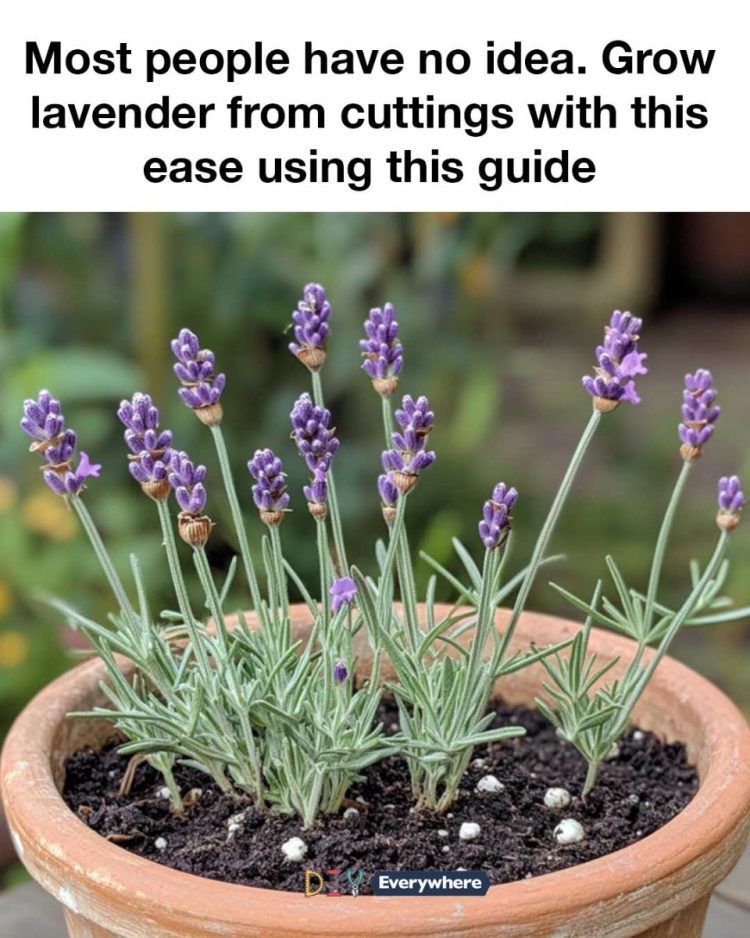Lavender, with its soothing fragrance and vibrant purple blooms, is a beloved plant in gardens around the world. Known for its versatility, lavender can be used in cooking, crafting, and even medicinally. While many people purchase lavender plants from nurseries, growing lavender from cuttings is an economical and rewarding way to expand your garden.
Propagating lavender from cuttings is not only cost-effective but also ensures that you have a genetic clone of the parent plant, preserving its unique characteristics. This guide will walk you through the process, making it easy for even novice gardeners to successfully grow lavender from cuttings.
1. Understanding Lavender: A Brief Overview
Lavender (Lavandula) is a genus of 47 known species of flowering plants in the mint family, Lamiaceae. It is native to the Old World and is found from Cape Verde and the Canary Islands, across Europe to northern and eastern Africa, the Mediterranean, southwest Asia to southeast India. The most commonly cultivated species is Lavandula angustifolia, often referred to as English lavender.
Lavender thrives in well-drained soil and requires full sun to flourish. It is a drought-tolerant plant, making it ideal for regions with hot, dry summers. The plant’s aromatic leaves and flowers are not only attractive to humans but also to pollinators such as bees and butterflies.
2. Why Grow Lavender from Cuttings?
Growing lavender from cuttings has several advantages. Firstly, it is a cost-effective method of propagation, allowing you to expand your garden without purchasing new plants. Secondly, cuttings produce plants that are genetically identical to the parent plant, ensuring that you maintain the specific traits you desire, such as flower color and fragrance.
Additionally, propagating from cuttings can be faster than growing from seeds, as seeds can take a long time to germinate and may not always produce plants true to the parent. By using cuttings, you can expect to see new growth within a few weeks.
3. Choosing the Right Time for Propagation
The best time to take lavender cuttings is during the growing season, typically from late spring to early summer. During this time, the plant is actively growing, and the cuttings are more likely to root successfully. Avoid taking cuttings during the winter months when the plant is dormant.
It’s important to choose a day when the weather is mild and not too hot, as extreme temperatures can stress the cuttings. Early morning is often the best time to take cuttings, as the plant is well-hydrated and less likely to wilt.
4. Selecting the Ideal Lavender Cuttings
When selecting cuttings, look for healthy, non-flowering stems that are about 4 to 6 inches long. The stems should be semi-hardwood, meaning they are not too soft and not too woody. This stage of growth is ideal for rooting.
Make sure to choose cuttings from a healthy parent plant that is free of disease and pests. Avoid taking cuttings from stems that are flowering, as the plant will focus its energy on producing flowers rather than developing roots.
5. Preparing Your Tools and Materials
see continuation on next page
